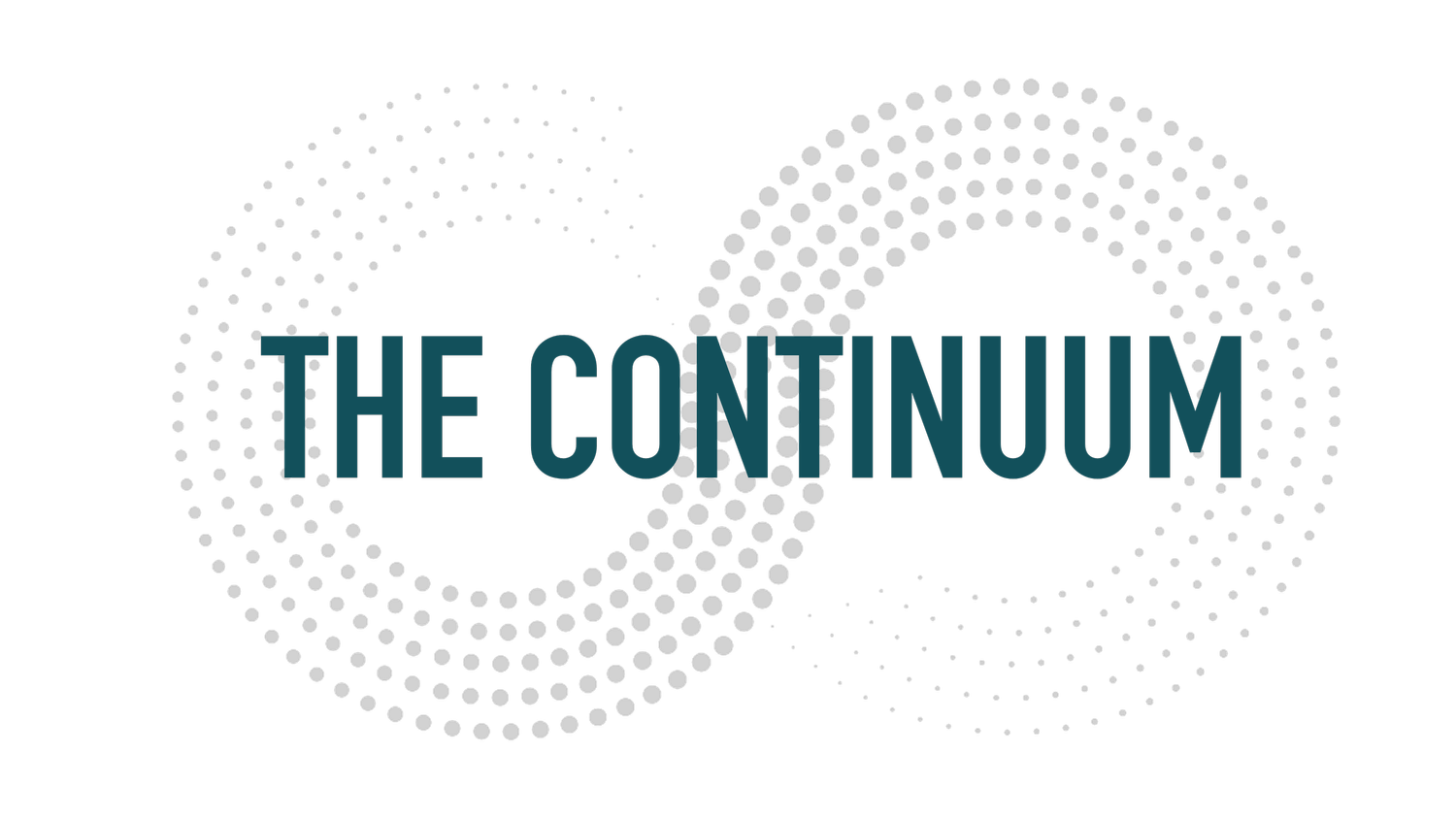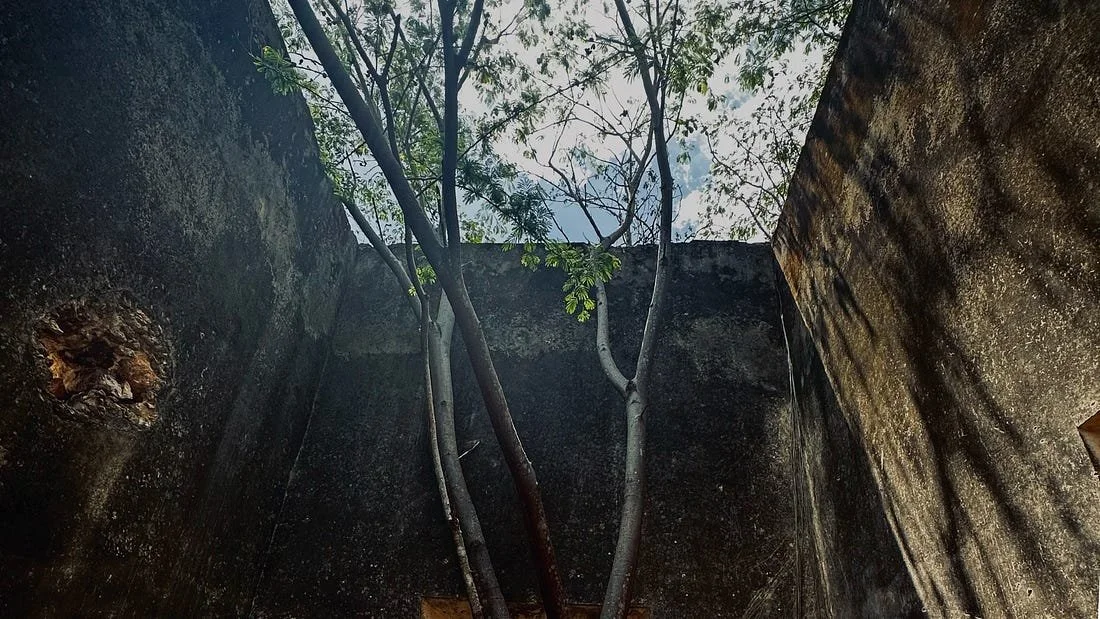Rewilding Education
Lessons from the Original World Wide Web
While fireworks cracked across U.S. skies for Independence Day weekend, my family celebrated a quieter freedom: the homeschooling independence we're crafting for our daughter.
Last week I stepped on stage at Stuttgart’s Futuromundo, hand‑in‑hand with my 8‑year‑old co‑conspirator (also known as my daughter, Ocean). We faced an audience of teachers, entrepreneurs, executives and a few wildly curious students. Our session? “The Original World Wide Web: Embracing Nature.” In other words: how to rewild education in the age of AI.
Why nature? Because before hyperlinks and hashtags, the planet was already hyper‑linked. Mycelial threads trade nutrients beneath a forest floor. Rock pools remix DNA. Migratory flyways redraw invisible sky‑routes every season. That is the web that taught us everything we know about networks, resilience and creativity. Silicon is just playing catch‑up.
Why Rewild—and Why Now?
Artificial Intelligence is changing faster than a teenager’s TikTok interests. Classrooms, boardrooms and living rooms are scrambling to keep up. The risk? We domesticate learning into neat dashboards, forgetting that real growth happens in the mud, the mess and the mystery.
Rewilding is not nostalgia for a pre‑digital past; it’s a design principle for a super‑digital present. It asks: How do we keep the wild sensory complexity that grows whole humans while letting AI automate the admin?
Three Field Notes from the Wild
1. Curiosity > Curriculum
Ocean once told me, “Papa… you don’t know what I don’t know.”
She’s right. Great questions beat perfect answers. When AI serves up instant facts, the scarce resource is a question that makes the facts matter. Start every meeting with one audacious question no one can Google.
2. Diversity Builds Resilience
A monocrop is efficient until a single pest shows up. An org chart full of look‑alikes is the same. Invite gardeners, gamers, grandmothers and, yes, generative models to the brainstorm. Wild ecosystems survive because difference is baked in.
3. Compass Over Map
In my recent VCU commencement riff I reminded grads: “Your title is not your talent. What matters is momentum.”
AI will redraw the map monthly. A well‑tuned inner compass—values, intuition, wonder—is the only navigation system with a lifetime warranty.
Practicing Personal Rewilding
Walk the Edges. Once a week, teach/learn in a space that isn’t built for it—greenhouse, skateboard park, bakery at 5 a.m. The unfamiliar primes the brain for pattern‑spotting.
Make With, Not For, AI. Use the model as a field guide: “Show me five unfamiliar metaphors for solar energy,” or “Draft a syllabus that pairs quantum physics with origami.” Treat it like an other‑than‑human collaborator.
Plant Micro‑Forests of Time. 20‑minute tech‑free slots each day to read something uselessly fascinating. That nutrient‑dense soil feeds big‑idea root systems later.
Swap Mentors Seasonally. Learning is migratory. Follow someone younger, older, outside your sector, and perhaps non‑human.
Ship Messy. Release at 80 %. The forest floor is littered with half‑eaten fruit that feeds new life.
A Wild Future for the Professional Classroom
At Cannes Lions Academy last month I asked rising creatives to trade “Return on Investment” for Return on Imagination. The brief is the same for leadership teams:
Audit the Wildness Index of your learning culture. How many experiments ran last quarter?
Embed Biophilic Rituals—stand‑ups on a walk, quarterly off‑sites in actual off‑sites (farms beat five‑star hotels).
Measure Learning by Emergence, not attendance. Celebrate the solution no KPI predicted.
Call to Adventure
This week, try one of these prompts:
What am I domesticated to believe about success—and how might the forest disagree?
Where can I swap linear lesson plans for circular storytelling?
If an AI could do my entire job tomorrow, what uniquely human instinct would still be missing?
Which non‑human teacher (river, algorithm, toddler) is waiting for my apprenticeship?
How will I know I’m still wild a year from now?
Footprints in the soil
The most powerful learning gatherings ahead will look less like lecture halls and more like living ecosystems. Think early‑days SXSW, TED, Cannes Lions or C2—then hand the mic to kids, climate activists and neuro‑diverse makers. And that such a seed was planted in Germany—a nation renowned for precision more than improvisation—made the whole thing both surprising and exhilarating.
Whether you were in the room, or are skimming this on a Tuesday commute, the invitation is the same:
Host a micro‑conference in a community garden.
Let a teenager keynote your next all‑hands.
Teach one class this quarter without walls—or Wi‑Fi.
The global conference is already underway each time curiosity collides with courage.
If you were in the room, thank you for howling with us. If you weren’t, crack a window. The wild is right outside.
Stay curious, stay kind, stay feral.
July 8, 2025
© 2025 The Continuum

